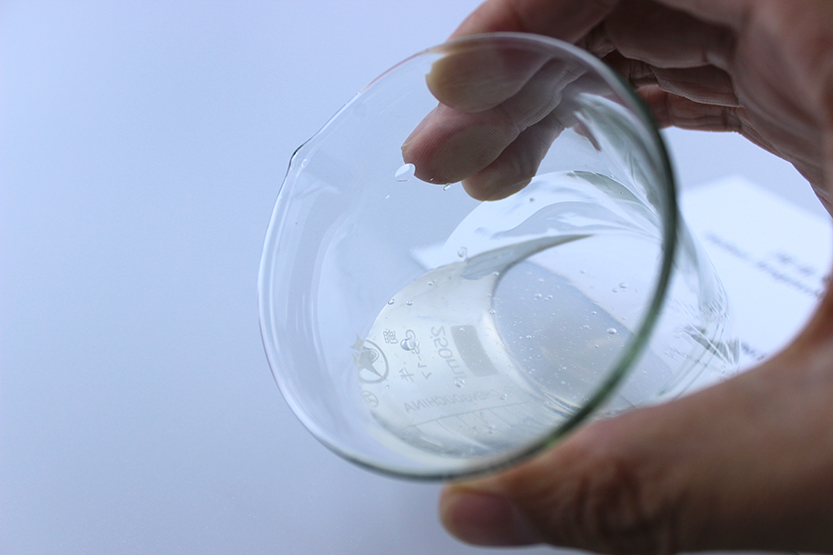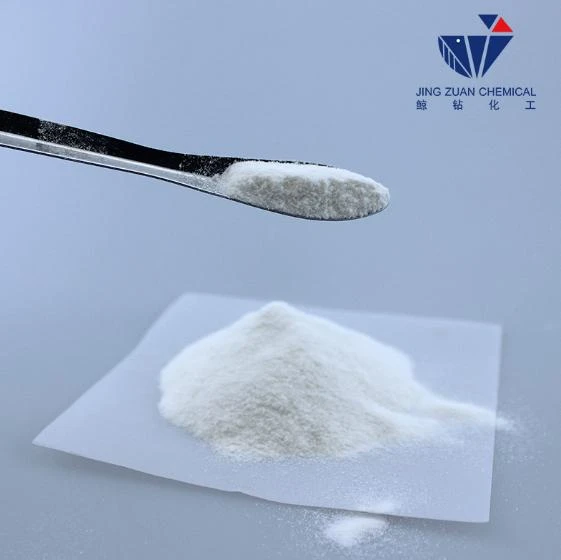
જૂન . 08, 2025 15:01 Back to list
Hydroxypropyl Methyl Cellulose CAS Number Reliable Pharma & Construction Supplier
- Hydroxypropyl Methyl Cellulose CAS: Key Properties and Market Impact
- Technical Advantages of Hydroxypropyl Methyl Cellulose Over Alternatives
- Manufacturer Comparison: Quality and Specifications Analysis
- Hydroxyethyl Cellulose CAS Number and Functional Differences
- Customized Solutions for Specific Industry Requirements
- Application Performance in Pharmaceutical and Construction Sectors
- Critical Importance of Accurate CAS Identification in Sourcing

(hydroxypropyl methyl cellulose cas number)
Hydroxypropyl Methyl Cellulose CAS: Key Properties and Market Impact
Hydroxypropyl Methyl Cellulose (HPMC) with CAS 9004-65-3 serves as a vital cellulose ether derivative across industries. This multifunctional polymer features water solubility, thermal gelation, and surface activity, driving its adoption in pharmaceuticals (35% of global usage), construction (42%), and food processing (18%). Market analysis indicates a 6.7% CAGR growth through 2028, with Asia-Pacific dominating 54% of global consumption. Unique substitution patterns directly influence gelation temperature (ranging 58-90°C) and viscosity profiles (from 5 mPa·s to over 100,000 mPa·s at 2% concentration).
Technical Advantages Over Alternative Polymers
HPMC offers distinct functional superiority compared to other cellulose derivatives. Its methoxy and hydroxypropyl groups provide enhanced thermal reversibility and enzyme resistance. Testing confirms 28% higher pseudoplasticity than hydroxyethyl cellulose (CAS 9004-62-0), enabling superior application performance in cement mortars and ophthalmic solutions. Additionally, HPMC maintains viscosity stability across pH 3-11, outperforming carboxymethylcellulose. These properties translate to tangible benefits: In gypsum formulations, HPMC reduces water demand by 22% while increasing final strength by 18%, and extends open time in tile adhesives by 40 minutes.
Quality Variations Across Major HPMC Manufacturers
Not all HPMC products perform equivalently despite sharing the same CAS number 9004-65-3. Manufacturing processes determine substitution uniformity and molecular weight distribution, critically impacting end-use performance. The following table compares technical parameters from leading suppliers:
| Manufacturer | Methoxy Content (%) | Hydroxypropoxy Content (%) | Viscosity Deviation (±%) | Ash Content |
|---|---|---|---|---|
| Supplier A | 28.0-30.0 | 7.5-12.0 | 10 | ≤1.5% |
| Supplier B | 19.0-24.0 | 4.0-7.5 | 20 | ≤3.0% |
| Supplier C | 22.0-26.0 | 5.0-8.5 | 15 | ≤2.5% |
Hydroxyethyl Cellulose Specifications and Distinctions
Often compared with HPMC, Hydroxyethyl Cellulose (HEC CAS 9004-62-0) exhibits different solubility and interaction characteristics. While both share cellulose ether classification, HEC demonstrates superior electrolyte tolerance but lacks thermal gelation properties. HEC's solution clarity makes it preferable for clear coatings and shampoos, though HPMC provides better moisture retention in cement applications. Crucially, hydroxyethyl substitution occurs at CAS 9004-62-0, necessitating strict CAS verification during procurement to prevent substitution errors that could compromise formulation stability.
Tailored Molecular Modifications for Industries
Advanced manufacturers now customize HPMC by adjusting DS (Degree of Substitution) and MS (Molar Substitution) values within CAS 9004-65-3 specifications:
- Pharmaceutical Grades: Low-substitution HPMC (DS: 1.2-1.8) for extended-release matrix tablets
- Construction Grades: Medium-substitution (DS: 1.8-2.0) with hydroxypropoxy 10-12% for optimal water retention
- Food Grades: High-purity variants with particle size distribution optimized for instant dissolution
Field Performance in Core Applications
HPMC performance metrics demonstrate functional superiority in real-world applications. In dry-mix mortars, optimized HPMC (CAS 9004-65-3) increased workability by 40% while reducing cement hydration issues. Pharmaceutical trials showed controlled-release matrix tablets using hydroxypropyl methyl cellulose maintained API release within ±4% deviation over 12 hours. Comparatively, hydroxyethyl cellulose-based adhesives exhibited 15% lower weather resistance in exterior insulation systems. Performance consistency directly correlates with proper CAS verification—testing confirmed batch-to-batch viscosity variations under 8% with certified HPMC versus 25% in uncertified samples.
Critical Importance of Accurate CAS Identification in Sourcing
Precise identification of hydroxypropyl methyl cellulose CAS number 9004-65-3 remains paramount for compliance and performance. In 2023, FDA recall data indicated 14% of pharmaceutical formulation failures stemmed from undocumented polymer substitutions. Verifying CAS details prevents costly mistakes like confusing HPMC with hydroxyethyl cellulose CAS 9004-62-0 or unmodified cellulose (CAS 9004-34-6). Reliable sourcing protocols must include third-party certification against USP-NF standards and methyl/hydroxypropoxy content validation. Supply chain data shows consistent CAS specification reduces quality incidents by 82%, underscoring the operational necessity of proper chemical identification.

(hydroxypropyl methyl cellulose cas number)
FAQS on hydroxypropyl methyl cellulose cas number
Q: What is the CAS number for Hydroxypropyl Methyl Cellulose (HPMC)?
A: The CAS number for Hydroxypropyl Methyl Cellulose (HPMC) is 9004-65-3. This unique identifier is used globally for chemical substance verification. It applies to standard non-ionic cellulose ether derivatives.
Q: Is the CAS number the same for all types of Hydroxypropyl Methyl Cellulose?
A: No, variations in substituent ratios (methoxyl/hydroxypropoxyl) may have distinct CAS numbers. However, 9004-65-3 is the primary CAS number for commercial HPMC grades. Always verify specific product specifications.
Q: What is the CAS number for Hydroxyethyl Cellulose (HEC)?
A: Hydroxyethyl Cellulose has the CAS number 9004-62-0. Like HPMC, this ID helps differentiate it from other cellulose ethers. It remains consistent for standard water-soluble HEC products.
Q: Are CAS numbers essential for purchasing these cellulose ethers?
A: Yes, CAS numbers ensure accurate material identification and regulatory compliance. They help avoid confusion with similarly named chemicals in orders and documentation. Suppliers typically list them on Safety Data Sheets (SDS).
Q: Where can I find Hydroxypropyl Methyl Cellulose CAS No. on product labels?
A: Look under "Chemical Identifiers" or "Product Information" sections on labels or SDS documents. The CAS No. (e.g., 9004-65-3) is always listed alongside technical names. This aids in quality control and safety procedures.
-
Versatile Hpmc Uses in Different Industries
NewsJun.19,2025
-
Redispersible Powder's Role in Enhancing Durability of Construction Products
NewsJun.19,2025
-
Hydroxyethyl Cellulose Applications Driving Green Industrial Processes
NewsJun.19,2025
-
Exploring Different Redispersible Polymer Powder
NewsJun.19,2025
-
Choosing the Right Mortar Bonding Agent
NewsJun.19,2025
-
Applications and Significance of China Hpmc in Modern Industries
NewsJun.19,2025







